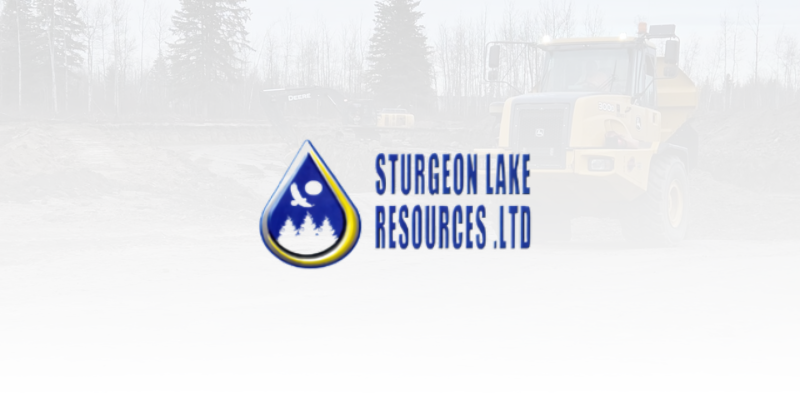AI-Powered Ad Targeting and Optimization: Maximizing ROI through Intelligent Advertising
In today’s digital landscape, effective ad targeting and optimization are essential for businesses looking to maximize their return on investment (ROI). With the rise of Artificial Intelligence (AI) technology, advertisers now have access to powerful tools that can analyze vast amounts of data, identify patterns, and make data-driven decisions to optimize advertising campaigns. AI-powered ad targeting and optimization revolutionize the way businesses reach their target audience, increase engagement, and drive conversions. In this article, we will explore the benefits and strategies behind AI-powered ad targeting and optimization.
The Power of AI in Ad Targeting
AI algorithms have the ability to process large volumes of data and extract valuable insights about user behavior, preferences, and demographics. This allows advertisers to target their ads more precisely and reach the most relevant audience segments. AI-powered ad targeting goes beyond traditional demographic targeting and considers factors such as browsing history, search patterns, and social media interactions to identify potential customers with a higher likelihood of conversion.
By leveraging AI, advertisers can create highly targeted campaigns that deliver the right message to the right audience at the right time. This level of precision significantly increases the effectiveness of ad targeting and helps businesses allocate their advertising budgets more efficiently.
Optimizing Ad Campaigns with AI
AI-powered ad optimization takes the targeting process a step further by continuously analyzing campaign performance data and making real-time adjustments to improve results. Here are some key ways AI optimizes ad campaigns:
1. Performance Monitoring and Analysis
AI algorithms monitor ad performance metrics such as click-through rates (CTRs), conversion rates, and engagement levels. By analyzing this data, AI can identify patterns and trends that may not be immediately apparent to human advertisers. These insights help advertisers understand what is working and what needs improvement in their campaigns.
2. Automated A/B Testing
AI can conduct automated A/B tests by creating different ad variations and measuring their performance against predefined goals. By testing different ad elements such as headlines, visuals, and calls to action, AI algorithms can determine which variations resonate best with the target audience and optimize future ad content accordingly.
3. Dynamic Budget Allocation
AI-powered ad optimization can automatically allocate advertising budgets to different channels, campaigns, or ad sets based on their performance. By identifying high-performing channels or campaigns, AI algorithms allocate more budget to those areas, ensuring that resources are allocated to the most effective advertising strategies.
4. Real-Time Bidding and Ad Placement
AI-powered algorithms can analyze user behavior and bid in real-time for ad placements that are most likely to drive conversions. By analyzing various data points, such as user demographics, browsing history, and contextual factors, AI can make data-driven decisions to bid on ad placements that offer the best opportunities for reaching the target audience.
Benefits of AI-Powered Ad Targeting and Optimization
The integration of AI in ad targeting and optimization brings several benefits for advertisers:
1. Enhanced Precision and Relevance
AI algorithms enable advertisers to target their ads with greater precision, ensuring that their message reaches the most relevant audience. This improves engagement rates and increases the chances of conversion.
2. Improved ROI
By leveraging AI-powered optimization techniques, advertisers can maximize their ROI by continuously improving campaign performance and allocating their resources more efficiently.
3. Time and Cost Savings
AI automates many time-consuming tasks involved in ad targeting and optimization, such as data analysis, A/B testing, and budget allocation. This allows advertisers to focus on strategic decision-making and creative aspects of their campaigns.
4. Scalability and Adaptability
AI algorithms can handle large volumes of data and adapt to changing market conditions in real-time. This scalability and adaptability make AI-powered ad targeting and optimization suitable for businesses of all sizes, from small startups to large enterprises.
Conclusion
AI-powered ad targeting and optimization have revolutionized the way businesses approach digital advertising. By harnessing the power of AI algorithms, advertisers can reach their target audience more effectively, optimize their campaigns in real-time, and achieve higher ROI. As AI technology continues to evolve, businesses that embrace AI-powered ad targeting and optimization will gain a competitive edge in the ever-changing digital marketing landscape.





